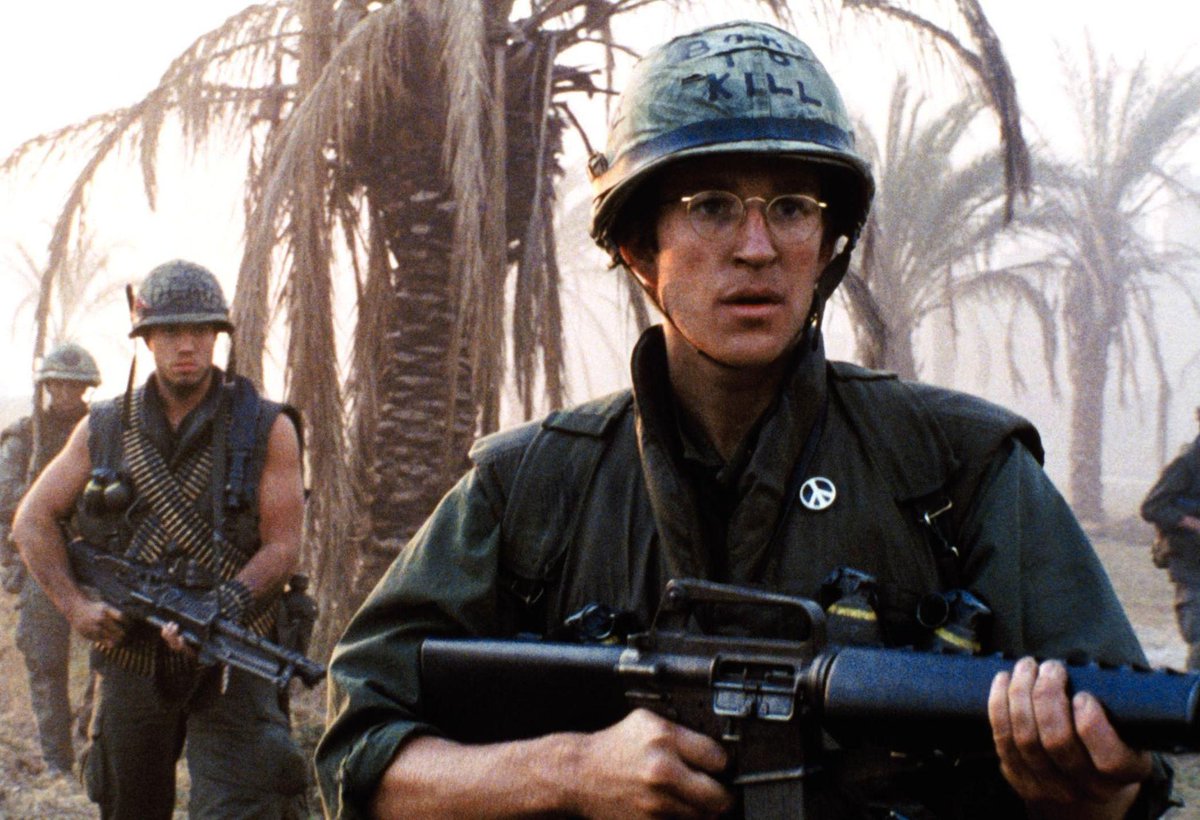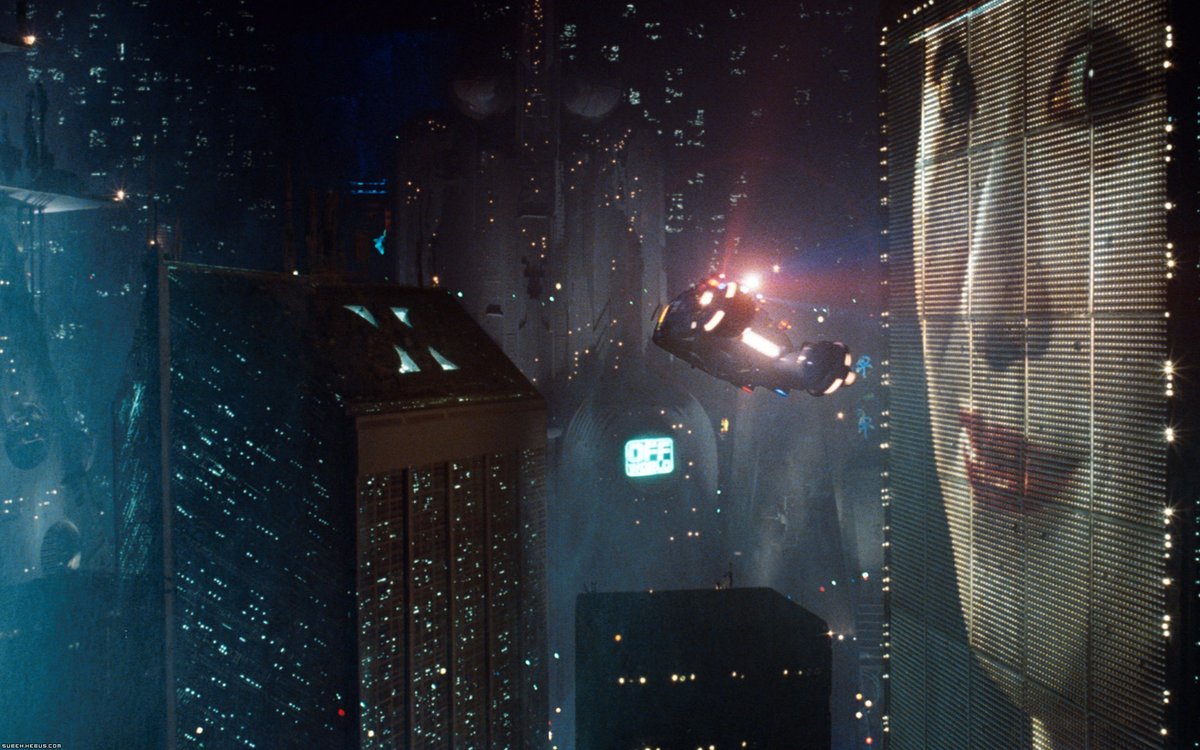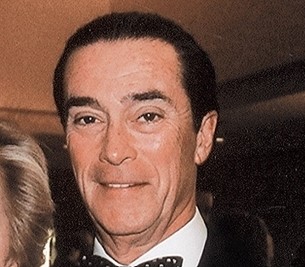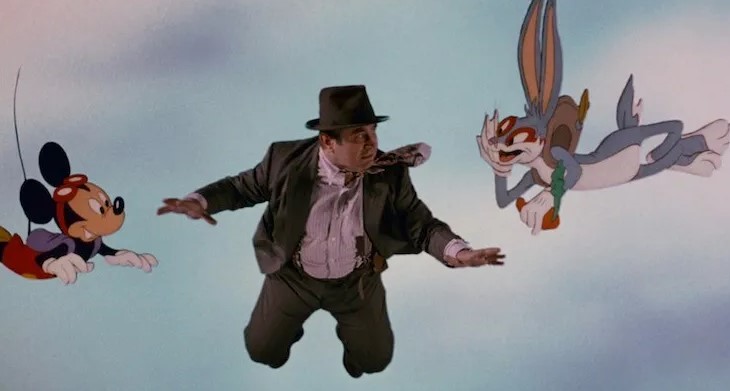AIRPLANE! was released 44 years ago today. Still one of the most beloved comedies ever made, and the film that turned Leslie Nielsen to comedy, the story of how it came to the screen surely can’t be serious…
1/31




1/31

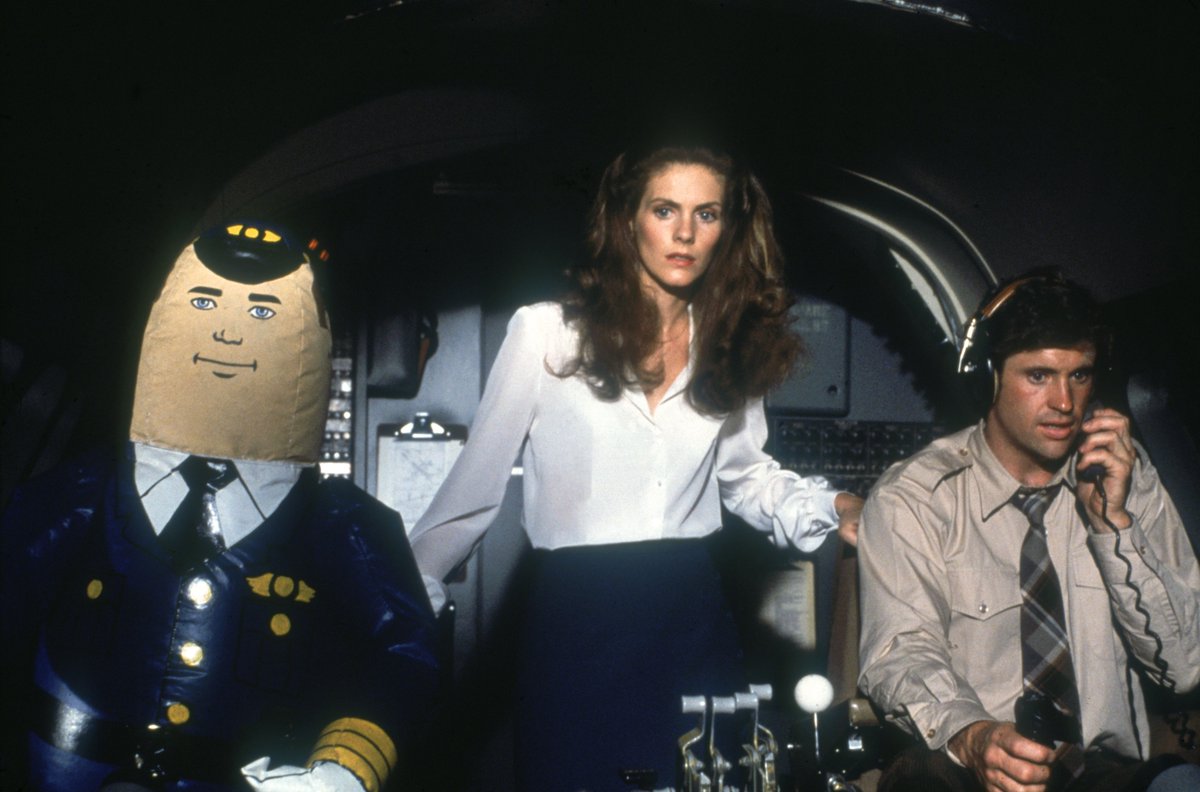


In the mid 1970s, David Zucker, Jim Abrahams and Jerry Zucker (ZAZ) were performing with the Kentucky Fried Theatre comedy group. To get inspiration for their skits they used to leave a VCR running overnight to record the late-night TV commercials.
2/31


2/31


One day when reviewing the tapes, they found they’d inadvertently recorded a 1957 airplane disaster movie called Zero Hour! Watching it back, ZAZ realised the film was unintentionally hilarious and started coming up with ideas for a comedy movie with a similar premise.
3/31




3/31


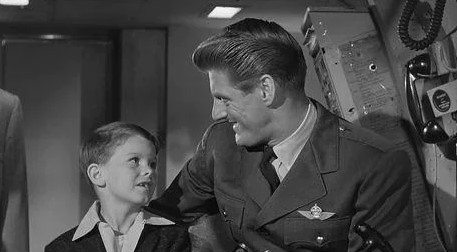

ZAZ took the idea to Paramount and pitched it as “Animal House on a plane.” Paramount loved their script and greenlit it immediately. To avoid lawsuits, Paramount bought the rights to Zero Hour! for just $2500.
4/31


4/31


ZAZ were good pals with David Letterman and asked him to audition for the lead role of Ted Striker. Letterman had no interest in acting and was relieved when he didn’t get the part. It was brought back up on his chat show years later….
5/31
5/31
Chevy Chase, and Bill Murray were considered for the role of Ted Striker. And Fred Willard later said he was offered the part but turned it down because he didn’t really get the comedy. ZAZ then turned to TV actor Robert Hays who took the role.
6/31




6/31


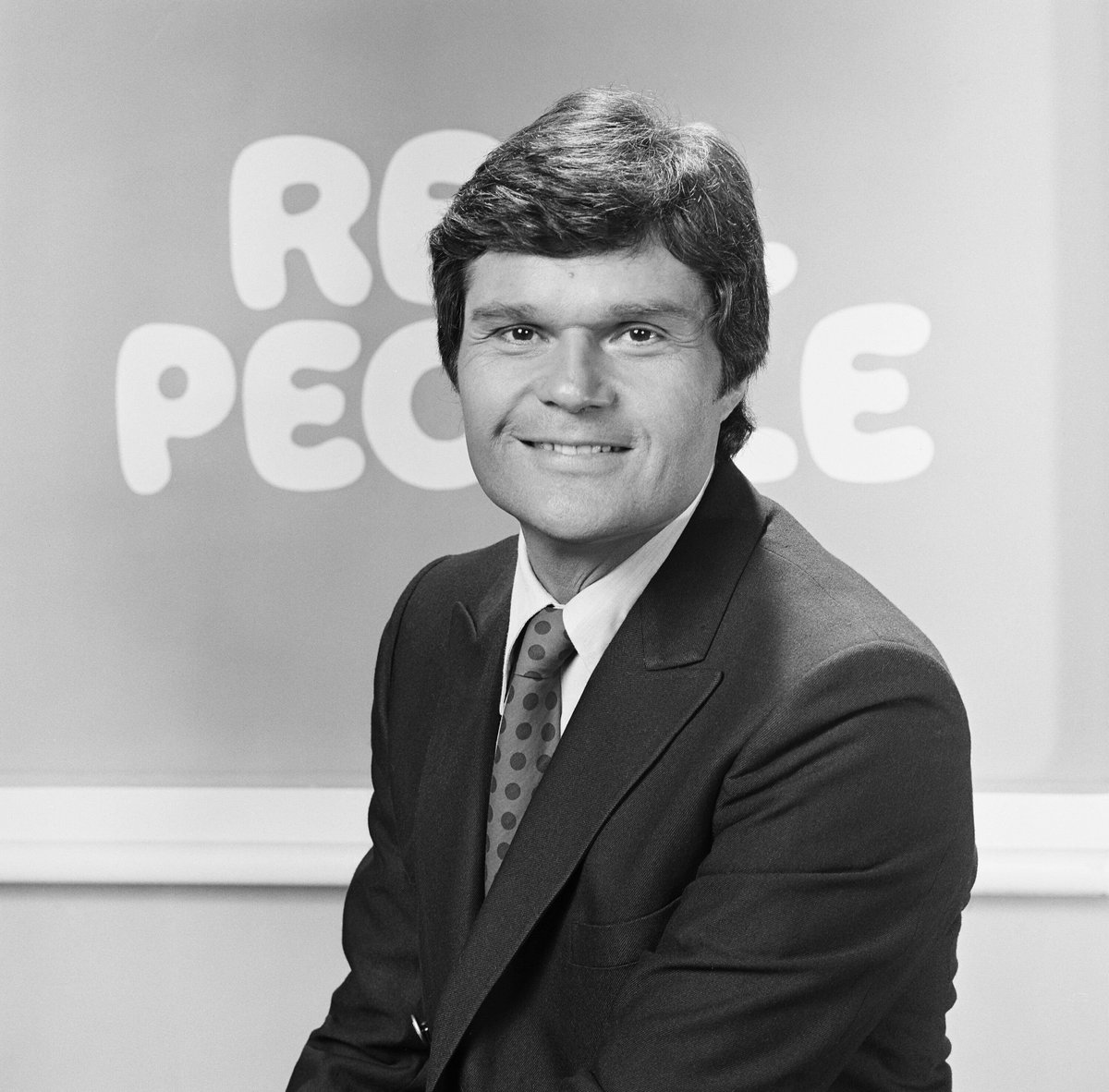

In casting female lead Elaine Dickinson, ZAZ auditioned both Sigourney Weaver and Shelley Long. ZAZ cast Broadway actress Julie Hagerty who was starring in her first feature film.
7/31



7/31



Robert Hays later said Julie Hagerty was the nicest person he ever met. Whenever she messed up a line she said "Sorry!" Once, Hays made a mistake and she said "Sorry!" Hays said it was his mistake, not hers and she said "Oh, sorry."
8/31




8/31




Horror icons Vincent Price and Christopher Lee were both offered the part of Dr Rumack. They both turned it down and later regretted it. ZAZ then cast serious, dramatic actor Leslie Nielsen. The film completely reinvented his career as a comedic actor.
9/31



9/31



ZAZ wanted actors with no-nonsense reputations in the supporting roles too which is why they cast Robert Stack (Rex Kramer), Lloyd Bridges (Steve McCroskey), and Peter Graves (Captain Oveur).
10/31



10/31



Stack was famous for playing Eliot Ness in The Untouchables. He’d been ZAZ’s first choice since the first draft in 1974 and they asked him to deliver his speeches in the exact same earnest manner he did on the TV show as Ness.
11/31


11/31


Bridges was having some trouble at first and asked ZAZ lots of questions on the set about his character motivations and choice of dialogue. It clicked with him when Stack said “none of that matters here, Lloyd. We are the joke.”
12/31


12/31


Peter Graves said he read the script and dismissed it as “disgusting crap” as his character was attracted to young boys. He gave it to his family and friends to read and, to his surprise, they thought it was hilarious and told him he should do it.
13/31


13/31


ZAZ initially wanted baseball star Pete Rose to feature in the film. He had scheduling clashes though, so turned to basketball icon Kareem Abdul-Jabbar. They offered him $30k but he asked for $5k more so he could afford an oriental rug he’d had his eye on.
14/31


14/31


ZAZ lifted so many ideas and jokes from Zero Hour! It was a good job Paramount bought the rights…
15/31
15/31
There was one visual gag where blind singer José Feliciano and lookalikes of Ray Charles and Stevie Wonder played Polish co-pilots. The Polish-American League protested and ZAZ thought it wasn’t funny enough to contest, so removed the idea from the film.
16/31



16/31



Legendary composer Elmer Bernstein had worked on The Magnificent Seven and The Great Escape and composed the score for Airplane! ZAZ had issues with him as he was too good. They wanted a B-Movie score and said "We didn't actually want, like, a really good score."
17/31



17/31



ZAZ had director’s cameos in the film. Jim Abrahams shows up as one of the zealots beaten up by Kramer upon his arrival at the airport...
18/31
18/31

And Jerry and David Zucker appear as the ground crew who direct the plane into the terminal window…
19/31


19/31


The Zuckers’ mother, Charlotte, has a cameo too. She plays the woman trying to apply makeup on the plane.
20/31
20/31
With the film being such an obvious parody of the Airport movies, ZAZ tried to get Airport stars Helen Reddy and George Kennedy to appear as the nun and Captain Oveur. Universal threatened to sue though, so the idea was dropped.
21/31




21/31
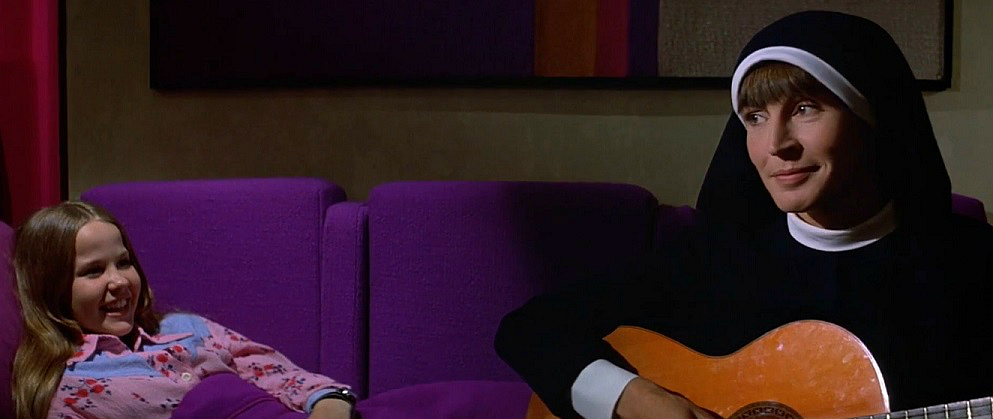



The argumentative airport announcers we hear were the people who made the announcements in real life at Los Angeles airport. They were also married in real life. The argument they have comes from the novel Airport, which in turn inspired the 1970 movie.
22/31


22/31


Hays and Hagerty rehearsed the dance scene for a month before filming as they only had two days to film that, and the ensuing bar fight. The bar fight was the only scene filmed on the Paramount Studio lot.
23/31


23/31


The slapping was largely improvised. The joke was originally there would be one slap only but the actress being slapped, Lee Bryant, suggested that annoyed passengers should organise a queue to slap her. ZAZ added in some props and did it in one take.
24/31



24/31



The role of ‘Jive Lady’ was intended for Harriet Nelson from 50s sitcom The Adventures of Ozzie and Harriet. She declined because she was concerned about the language and replaced with Barbara Billingsley from Leave It to Beaver. Nelson later said she regretted it.
25/31


25/31


Producer Jon Davison said that after the film came out, he received many letters from pilots saying they came very close to smashing their own planes into a terminal. They praised the film for its accuracy in depicting the moment.
26/31

26/31

The film has one of the first ever post-credits scenes, where Ted’s cab passenger is still waiting for him at the airport. Post-credits scenes are something seen frequently in Hollywood nowadays.
27/31


27/31


ZAZ had to battle for the right credits as the DGA initially refused to allow a three-director credit. Jim Abrahams even legally changed his name to ‘Abrahams and Zuckers’ before the DGA relented and allowed the three credits.
28/31




28/31




On a budget of $3.5m, Airplane! took $171m at the box office and was the 4th-highest grossing film that year. It was the highest-grossing comedy ever until Ghostbusters came along 4 years later.
29/31


29/31


Paramount never imagined the film would be such a big hit so hadn’t asked ZAZ to commit to a sequel. ZAZ turned down the chance of a follow-up, feeling they’d exhausted all airport gags. Paramount made a sequel anyway and, to this day, ZAZ have never seen it.
30/31


30/31


In the years since 1980, Airplane! has grown to a reputation of being one of the greatest comedy movies in Hollywood history. To finish, some great behind the scenes pics…
31/31




31/31



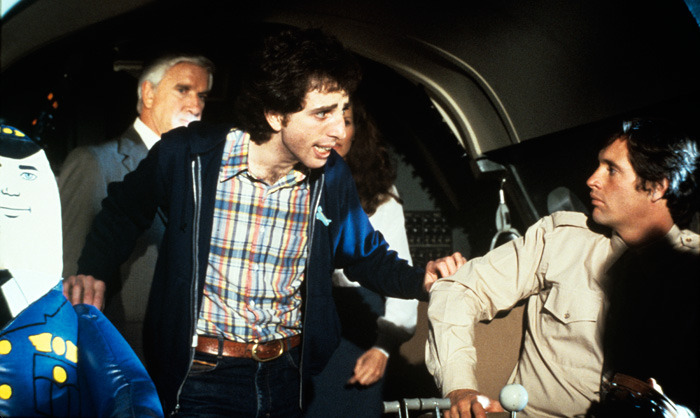
If you liked our making of AIRPLANE! Story, please share the opening post 😀
https://x.com/ATRightMovies/status/1808067183672435001
Our latest podcast is on The Social Network. Full of big laughs and opinions, so please check it out 😀
alltherightmovies.com/podcast/the-so…
alltherightmovies.com/podcast/the-so…
• • •
Missing some Tweet in this thread? You can try to
force a refresh













